Choosing the Best Type of Stone to Use on the Exterior of the Building is always essential because Stone has long been revered as one of the most durable and aesthetically pleasing materials for building exteriors. Whether you’re constructing a residential home, a commercial building, or a cultural landmark, the type of Stone you choose can significantly impact the structure’s overall look, feel, and longevity. In this article, we’ll explore various kinds of stones commonly used in exterior construction and discuss the factors to consider when selecting the best option for your project.
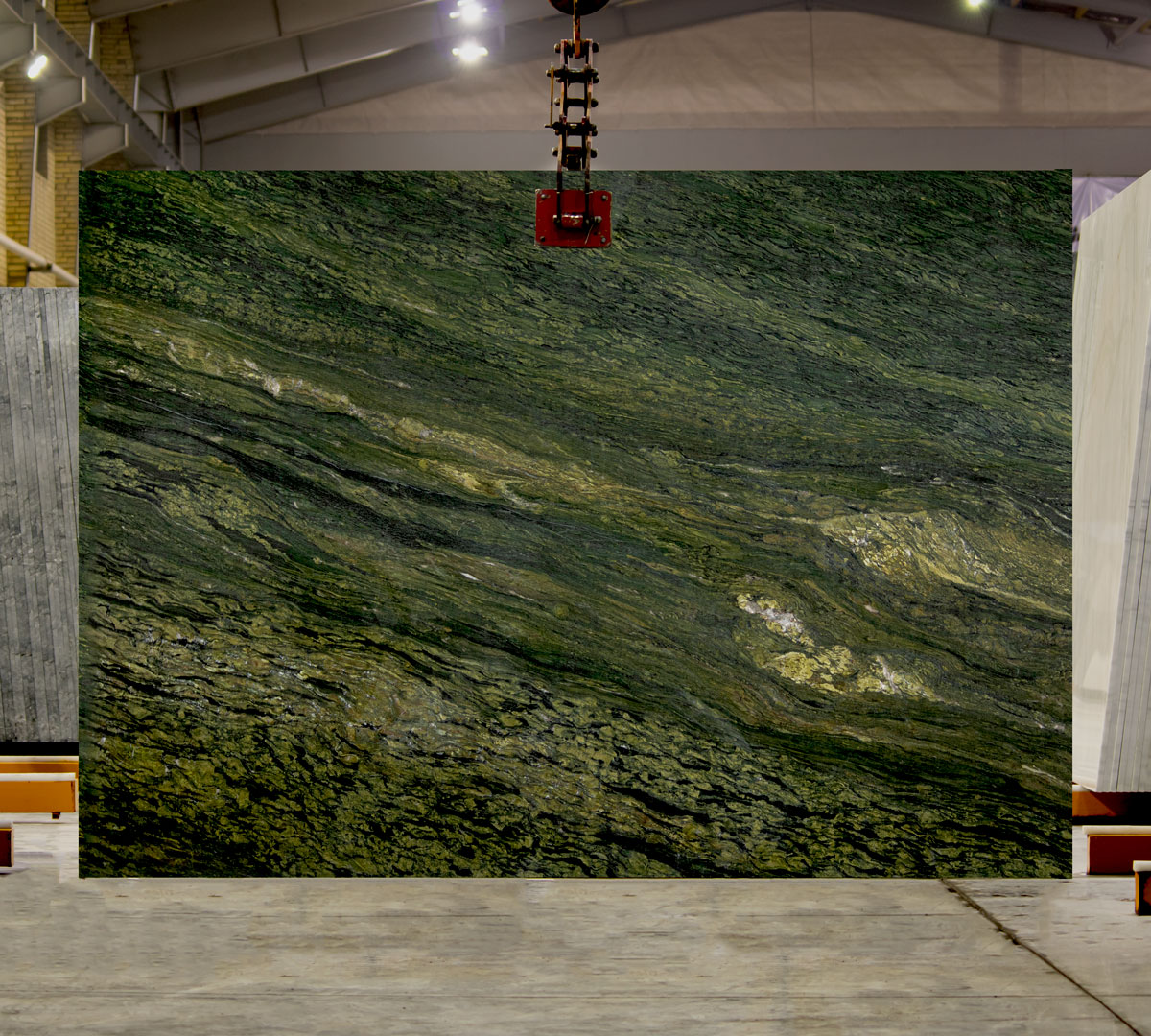
Types of Stones
-
Granite
Granite finds extensive use in exterior applications due to its exceptional durability and aesthetic appeal. Commonly employed as building cladding, granite lends a timeless elegance and sturdy protection against the elements. Its resilience to scratches, heat, and weathering makes it an ideal choice for exterior surfaces subjected to harsh environmental conditions. From facades and walls to outdoor pavements and landscaping features, granite enhances the visual appeal of outdoor spaces while ensuring long-lasting performance and minimal maintenance requirements. Whether adorning residential homes, commercial buildings, or public landmarks, granite exudes sophistication and durability, making it a preferred material for exterior use. Now, we want to introduce the best Iranian granites for the exterior.
| Granite Type | Common Exterior Uses |
| 1. Cotton Flower Granite | Building facades, exterior wall cladding, outdoor flooring |
| 2. Forest Green Granite | Outdoor kitchen countertops, pathways, landscape edging |
| 3. Turquoise Granite | Architectural accents, staircases, garden features |
| 4. White Granite | Exterior columns, retaining walls, outdoor fireplace |
| 5. Grey Granite | Driveway pavers, decorative wall veneers, monuments |
| 6. Red Granite | Entrance gateways, fountain features, boundary walls |
| 7. Black Granite | Exterior window sills, outdoor seating, decorative accents |
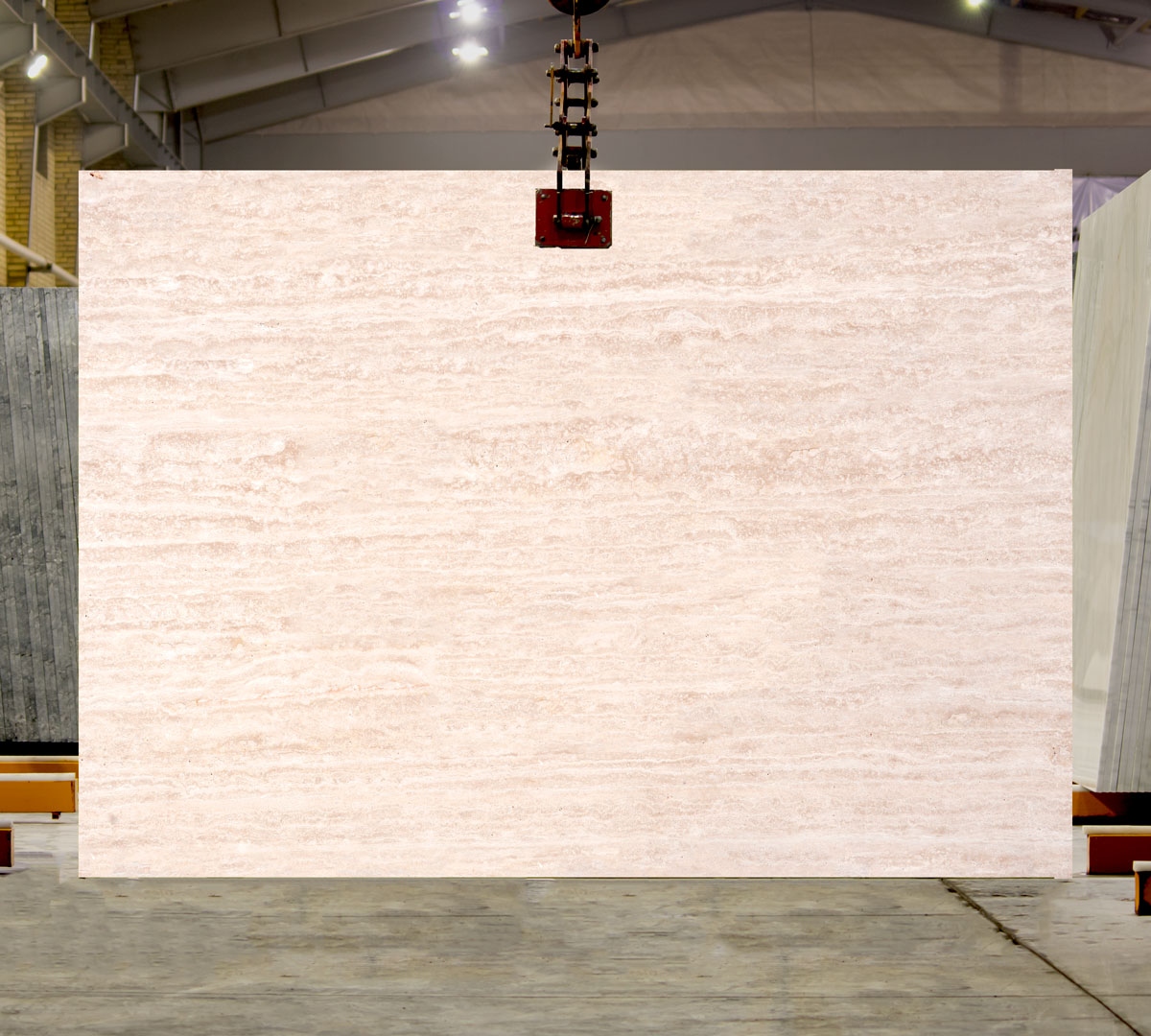
-
Travertine
Travertine, a limestone formed by mineral deposits from hot springs, offers a unique blend of elegance and durability, making it a popular choice for various exterior applications. Its distinctive appearance, characterized by natural pits and voids, adds a touch of rustic charm to outdoor spaces. Travertine is commonly used for outdoor flooring, pool decks, patios, and walkways due to its ability to withstand the elements while maintaining its aesthetic appeal. Its natural, earthy tones, from beige to tan, complement various architectural styles and landscaping designs. Despite its porous nature, travertine can be treated with sealants to enhance its durability and resistance to staining, making it suitable for use in exterior environments. Travertine’s natural non-slip surface also provides safety and stability, particularly around pool areas and outdoor living spaces. With its timeless beauty and practicality, travertine remains a favored choice for enhancing the exterior aesthetic of residential and commercial properties.
Know the best Iranian travertines for the exterior.
| Travertine Type | Common Uses in Exterior |
| I. Chocolate Travertine | – Driveway pavers and walkways provide a durable and visually appealing surface for vehicular and pedestrian traffic. |
| – Pool coping and decking offer a non-slip surface and elegant appearance around swimming pools and outdoor water features. | |
| II. Cream Beige Travertine | – Outdoor patio and terrace flooring create a warm and inviting atmosphere for outdoor living spaces. |
| – Exterior wall cladding adds texture and visual interest to building exteriors while maintaining durability and weather resistance. | |
| III. Silver Travertine | – Garden pathways and stepping stones enhance the natural beauty of landscaping designs with silver-toned hues. |
| – Outdoor fireplace surrounds, providing a sleek and modern aesthetic for outdoor entertainment areas. | |
| IV. Titanium Travertine | – Outdoor kitchen countertops and bar tops offer a durable and stylish surface for food preparation and entertaining guests. |
| – Exterior column wraps and pillars, adding a touch of sophistication and elegance to architectural structures. | |
| V. White Travertine | – Patio and pool deck tiles create a bright and refreshing ambiance in outdoor relaxation areas. |
| – Exterior staircase treads and risers provide a safe and visually appealing transition between outdoor levels. | |
| VI. Red Travertine | – Entrance gateways and arches make a bold statement with their warm red tones and unique natural patterns. |
| – Garden wall veneers and decorative accents add character and charm to outdoor landscaping features. | |
| VII. Yellow Travertine | – Outdoor dining and seating areas offer a warm and inviting backdrop for al fresco meals and gatherings. |
| – Pathway borders and garden edging define outdoor spaces with golden hues and natural texture. |
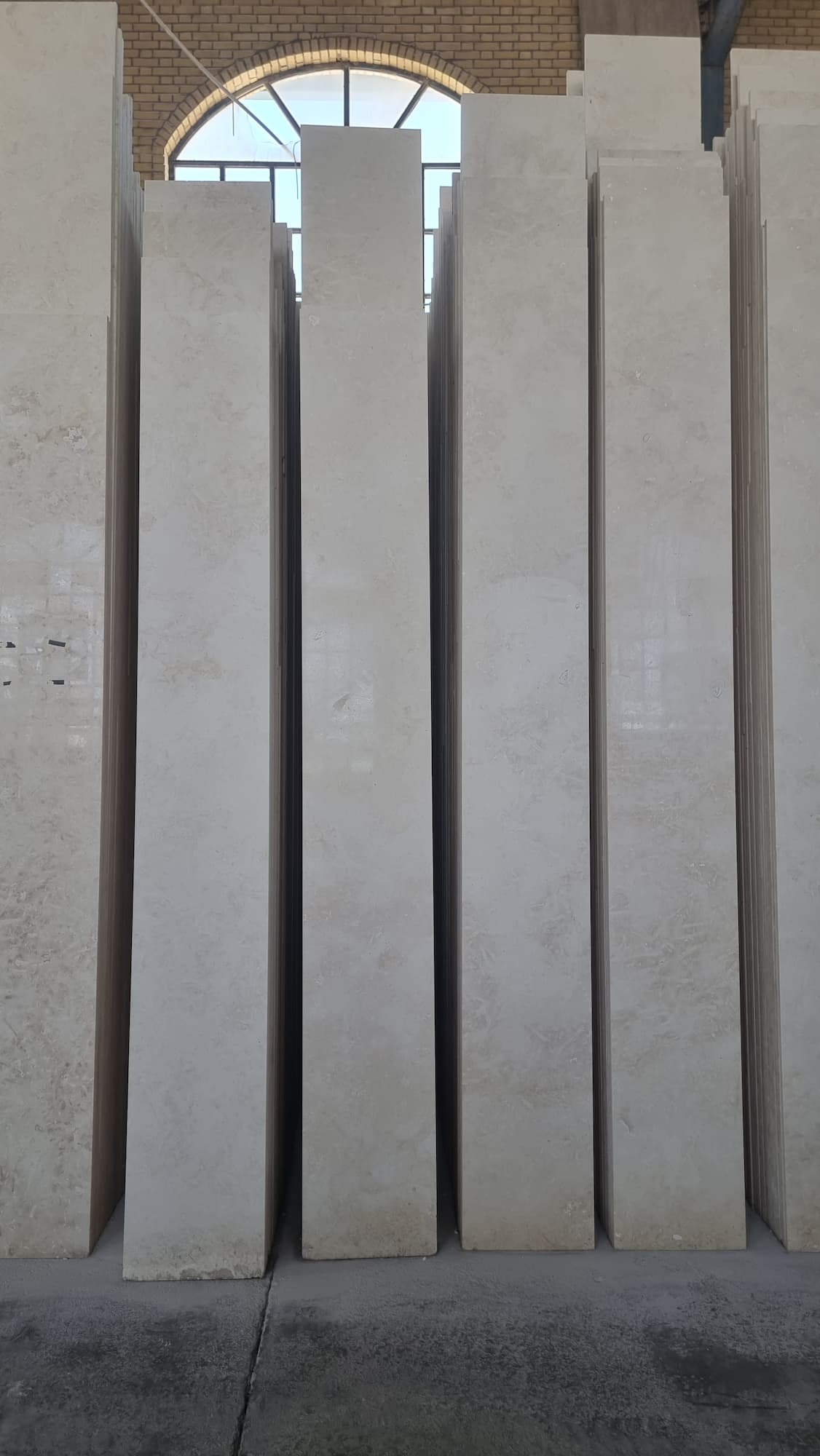
-
Limestone
Limestone, a sedimentary rock composed primarily of calcium carbonate, is valued for its versatility and aesthetic appeal in exterior applications. Its natural beauty and durability make it popular for various outdoor projects, including building facades, pathways, and landscaping features. Limestone is available in multiple colors and textures, from soft beige to rich earth tones, allowing for diverse design possibilities that complement different architectural styles. While limestone is relatively smooth compared to other stones, it is still durable enough to withstand the rigors of outdoor environments. With proper sealing and maintenance, limestone can resist weathering and maintain its appearance for years. Its timeless elegance and adaptability make limestone a preferred material for enhancing the exterior aesthetic of residential homes, commercial buildings, and public spaces.
Now, look at the best Iranian limestone.
| Limestone Type | Common Uses in Exterior |
| a. White Limestone | – Exterior wall cladding provides a bright and elegant facade for buildings. |
| – Garden pathway borders offer a clean and crisp delineation for landscaping features. | |
| – Outdoor fireplace surrounds, adding a timeless and sophisticated touch to outdoor living areas. | |
| – Exterior staircase treads and risers provide a durable and visually appealing transition between outdoor levels. | |
| b. Cream Limestone | – Patio and pool deck tiles create a warm and inviting ambiance in outdoor relaxation areas. |
| – Driveway borders and entrance pathways offer a welcoming entrance to residential properties. | |
| – Exterior column wraps and pillars, adding a touch of classic elegance to architectural structures. | |
| – Garden retaining walls provide functionality and aesthetic appeal to outdoor landscaping projects. |
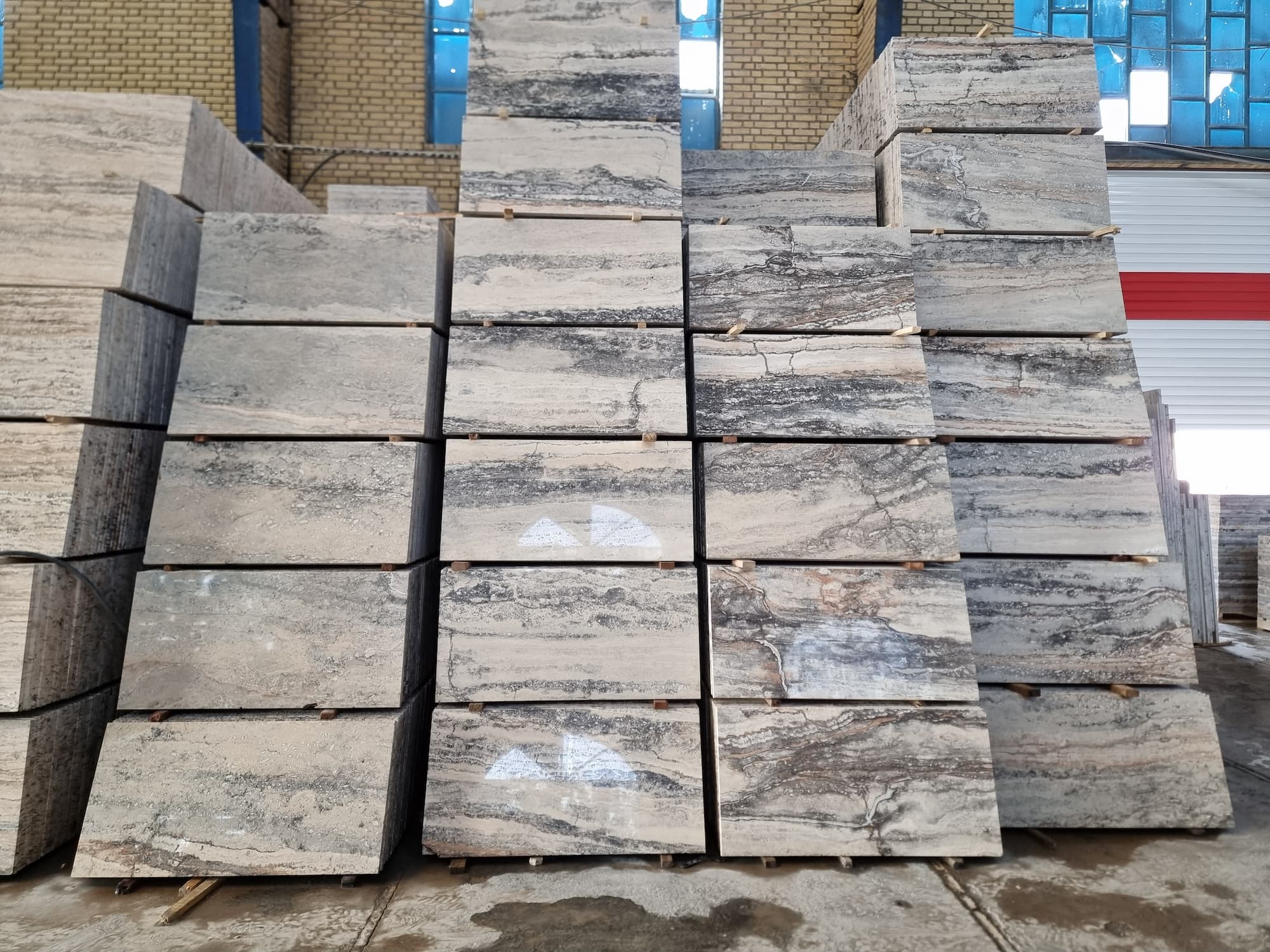
Factors to Consider When Selecting Stone for Building Exteriors
When selecting the most suitable Stone for your building’s exterior, it’s crucial to consider several key factors that can significantly impact its aesthetic appeal and long-term durability. These factors include:
-
Durability:
Durability stands as a foundational consideration when choosing Stone for building exteriors. It involves assessing the Stone’s ability to withstand various environmental factors such as weathering, moisture, and temperature fluctuations. Stones with high durability are more likely to maintain their structural integrity and aesthetic appeal over time, even when exposed to harsh outdoor conditions.
-
Aesthetic Appeal:
The aesthetic appeal of the Stone plays a crucial role in enhancing the overall visual impact of the building exterior. Selecting a stone that complements the project’s architectural style and design vision is essential. Factors such as color, texture, and pattern should be carefully considered to ensure that the chosen Stone enhances the overall aesthetic harmony of the building.
-
Maintenance Requirements:
Another essential factor to consider is the maintenance requirements of the Stone. Different types of Stone may have varying maintenance needs, ranging from minimal upkeep to more frequent cleaning and sealing. Evaluating the maintenance requirements upfront can help determine the long-term upkeep costs and ensure that the chosen Stone remains in optimal condition over time.
-
Cost:
Cost is also a critical factor when selecting Stone for building exteriors. While certain types of Stone may have a higher initial cost, they may offer superior durability and require less maintenance in the long run. On the other hand, more affordable options may have lower upfront costs but could entail higher maintenance expenses over time. It’s essential to balance upfront costs and long-term durability to make an informed decision that aligns with the project budget.
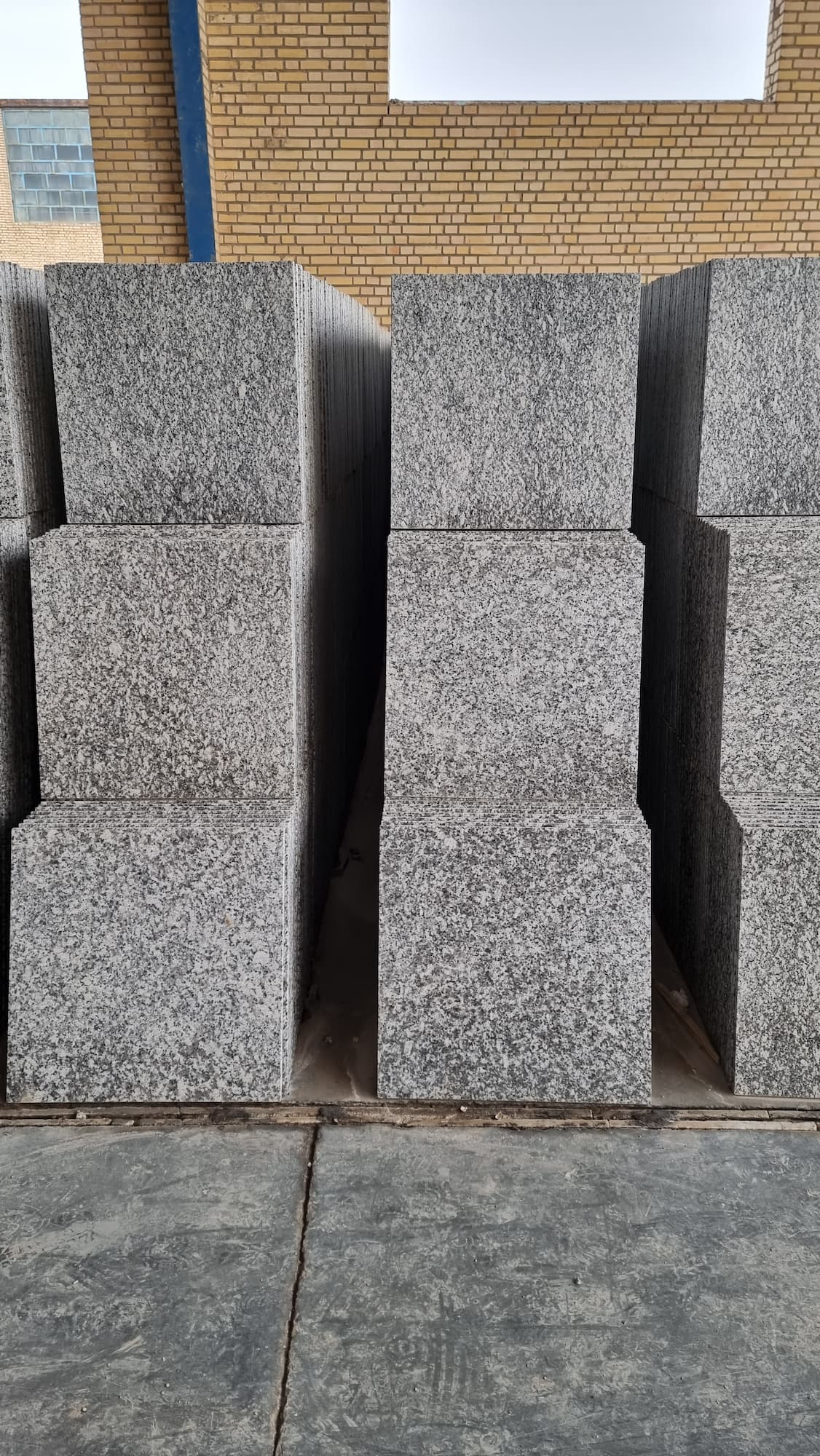
-
Environmental Impact:
Considering the environmental impact of Stone, it is increasingly important in modern construction practices. Evaluate the sustainability of the Stone’s sourcing and manufacturing process, including factors such as energy consumption, carbon footprint, and environmental certifications. Opting for stones sourced from responsibly managed quarries and processed using eco-friendly methods can contribute to a more environmentally conscious building design. Additionally, selecting stones with high thermal mass properties can enhance the building’s energy efficiency by regulating indoor temperatures and reducing the need for heating and cooling, thereby lowering overall environmental impact.
-
Regional Suitability:
Consider the regional climate and environmental conditions when selecting Stone for building exteriors. Certain types of Stone may perform better in specific climates or geographical regions due to their inherent properties. For example, stones with high resistance to freeze-thaw cycles are more suitable for areas with colder temperatures, while those resistant to humidity and salt are ideal for coastal regions. Choosing a well-suited stone for the local environment can enhance its durability and longevity, reducing the risk of damage and maintenance requirements over time. Additionally, selecting locally sourced Stone can support regional economies and reduce transportation-related carbon emissions.
Study proposal: Making beautiful and attractive tables using stone marble
By carefully considering these factors and thoroughly evaluating the available options, you can select the most suitable Stone for your building’s exterior that combines aesthetic appeal, durability, and cost-effectiveness.

 Marble
Marble